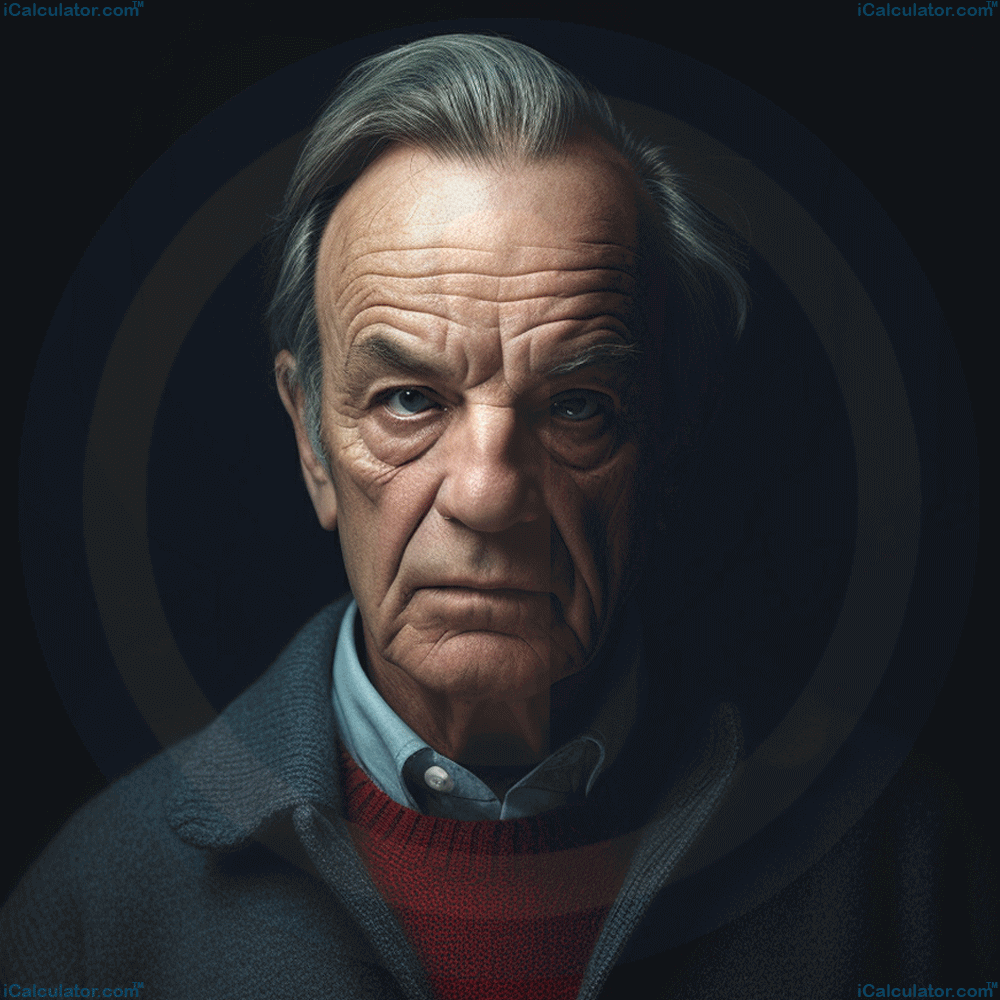Menu
Richard Feynman

Please provide a rating, it takes seconds and helps us to keep this resource free for all to use
About Richard Feynman
Richard Feynman was born on May 11, 1918, in New York, United States and died on February 15, 1988, in Los Angeles, California. Feynman was married three times; his first two marriages ended in divorce, and his last wife outlived him. He had two children: a daughter, Michelle, from his second marriage, and a son, Carl, from his third marriage. Feynman lived in the United States his entire life. He studied at the Massachusetts Institute of Technology and then completed his Ph.D. at Princeton University. He worked at multiple institutions, including Los Alamos National Laboratory, Cornell University, and the California Institute of Technology.
From an early age, Feynman had a deep curiosity and a natural talent for physics. He enjoyed exploring and understanding the world around him through the lens of physics. Feynman's father, a uniform salesman with an unfulfilled desire to be a scientist, played a significant role in instilling a scientific curiosity in his son. This curiosity, coupled with his remarkable talent, guided him towards a career in physics.
Feynman's Discoveries
Feynman made significant contributions to quantum mechanics, particularly the theory of quantum electrodynamics (QED), which describes how light and matter interact. His Feynman diagrams have become a mainstay in the field, providing intuitive pictorial representations of particle interactions.
Feynman was known for his unconventional approach to problem-solving. He often faced resistance from the scientific community due to his unusual methods. However, he remained dedicated to his research and ultimately his ideas were widely accepted and appreciated.
Feynman's Key Achievements
Feynman's work in quantum electrodynamics earned him the Nobel Prize in Physics in 1965, which he shared with Julian Schwinger and Sin-Itiro Tomonaga. His work in this field has had a profound impact on the way we understand the interactions of light and matter.
Feynman's Formulas
While Feynman didn't provide a specific mathematical formula akin to E=mc2, his Feynman diagrams revolutionized the way physicists visualize and calculate particle interactions in quantum field theory. Each line and vertex in these diagrams represents specific elements of the interaction, allowing physicists to simplify and calculate complex quantum processes.
Richard Feynman Tutorials and Calculators
The following tutorials and calculators are influenced by the work the great physicist Richard Feynman, each calculator contains a tutorial that explains Richard Feynman in the field